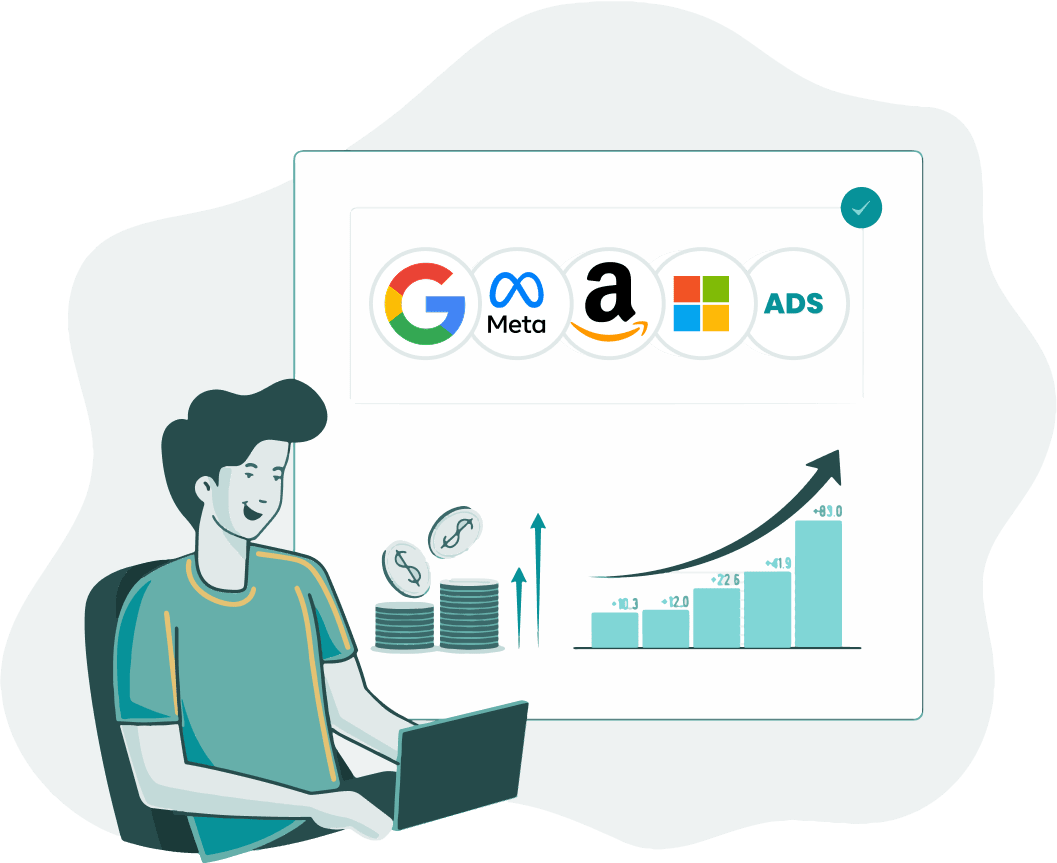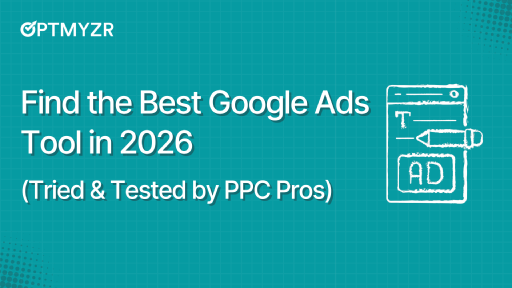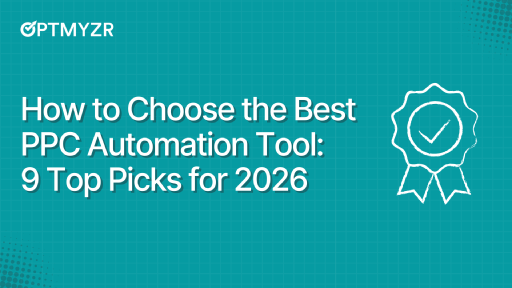In July 2024, Google hit pause on its plan to kill third-party cookies in Chrome.
After years of working on replacements like Privacy Sandbox and the Topics API, they quietly walked it back. Why? Legal headaches, industry pushback, and probably a dose of reality.
But this doesn’t mean we’re going back to business as usual.
It means first-party data is now even more important. If you want reliable, future-proof marketing that plays nice with privacy laws, collecting your own data is the way forward.
However, this has been the trend across the industry for quite a while now. Here’s a quick run-through of important events related to first-party data.
Period | Event |
|---|---|
2015 | Apple introduces Intelligent Tracking Prevention (ITP) in Safari to limit cross-site tracking using third-party cookies. |
Oct 2017 | Firefox rolls out Enhanced Tracking Protection (ETP) to allow users to block known trackers and third-party cookies. |
Oct 2018 |
|
Sept 2019 | Firefox 69 enables ETP by default, blocking third-party tracking cookies and cryptominers. |
Jan 2020 | Google announces plans to phase out third-party cookies in Chrome by 2022, launching the Privacy Sandbox initiative. |
Mar 2020 | Safari 13.1 becomes the first mainstream browser to block all third-party cookies by default. |
June 2021 |
|
July 2022 | Google again delays the phase-out of third-party cookies in Chrome, pushing the deadline to the second half of 2024. |
Jan 2023 | Google begins testing third-party cookie deprecation for 1% of Chrome users to assess the readiness of Privacy Sandbox APIs. |
Apr 2024 | Google delays third-party cookie deprecation to early 2025 to address regulatory and industry concerns. |
July 2024 | Google rolls back its plan to remove third-party cookies completely from Chrome, opting instead to offer user-level controls. |
2025 (Ongoing) | Marketers increase focus on first-party data strategies as the preferred privacy-compliant method for targeting and personalization. |
Of course, the real marketing Gs know that the solution to all this is to invest in first-party data, where you own the relationship with your audience directly.
What is first-party data?
First-party data is information you collect directly from your audience with their consent. It is information based on how they interact with your website: behaviors, actions, and interests.
How is first-party data different from third-party data?
Third-party data is compiled by independent researchers and companies that aggregate information from various websites and applications. Based on individual users’ online activity, this data is often sold to businesses for marketing and advertising purposes.
Here are some differences between the two, and also how first-party data is better than third-party data.
Criteria | First-Party Data | Third-Party Data |
|---|---|---|
Accuracy and Reliability | Highly accurate and reliable, reflecting real customer interactions | Often less accurate, lacks depth, and lacks context |
Understanding Customers | Allows granular understanding of personalized marketing campaigns | Generic and lacks depth for effective targeting |
Privacy and Trust | Generally compliant with privacy regulations, building trust with customers | Raises privacy concerns, potential legal challenges, and erodes trust |
Ownership and Control | Owned and fully controlled by your business, allowing management according to privacy policies | Owned and controlled by external entities, making your business vulnerable to changes and restrictions |
Data Enrichment | Can be enriched with additional information over time, enabling accurate segmentation and personalization | Lacks flexibility for easy enrichment, limiting personalization options |
Building Customer Relationships | Easier to build long-term relationships through personalized shopping experiences | May result in fewer personal interactions and lower customer loyalty |
So, what is second-party data?
Second-party data is someone else’s first-party data. You borrow your neighbor’s cookies, freshly baked and privacy-focused, but you gotta ask nicely (or pay).
How to make the shift toward first-party data?
First-party data is often misunderstood and underutilized. Many businesses freeze in the face of privacy regulations and need help understanding its concept and impact.
Ronan Carrein, a former Google executive and current partner at the agency, Better & Stronger emphasizes that first-party data should not be perceived as a constraint, but rather as a driver of better business hygiene and higher ROI.
“There are several roadblocks preventing businesses from fully adopting and leveraging first-party data. Lack of data governance, intent, planning & understanding, and specialized skill sets are major obstacles.” - Ronan Carrein
He spoke to our Co-founder & CEO, Frederick Vallaeys on PPC Town Hall and discussed how businesses can effectively collect and work with first-party data.
In the episode, Ronan shared five tips for effective first-party data collection.
- Focus on building a meaningful brand interaction with your audiences rather than tricking them into sharing their data. You need to provide value, develop trust, and collect valuable information in return.
- Start with simple steps. Collect all the data you can, including transactional CRM data, in a consented manner and segment based on different criteria, such as value tiers or lifetime value.
- Target high-value customers separately and bid more on audiences who resemble these high-value segments.
- Invest in hiring and training your employees to continue good data collection practices and manage data properly.
- Maintain good business data hygiene. Understand which data sources are valuable to you and where they come from. Have somebody responsible for data governance to ensure that all data is used appropriately and the meaning behind that data is consistent across your organization.
People talk about GDPR “compliance”, for example, as if it’s not a whole-company initiative and is just something to do with their analytics. First-party data should be something your entire business should run on and not just something only your marketing team cares about.
How to collect and use first-party data for your PPC campaigns?
Watch the PPC Town Hall episode featuring Kerri Amodio - Director, of Digital Advertising at Closed Loop, and Navah Hopkins - Former Evangelist at Optmyzr below to learn how to collect and manage first-party data.
You first need a solid strategy to collect first-party data effectively. Here are four steps to build one.
1. Be clear about how you want to use your first-party data.
Identify how you want to use your first-party data. Are you aiming for increased sales or seeking to boost customer loyalty?
Then, set clear objectives to track progress and quantify its impact. Did your targeted ads lead to higher conversions? Did personalized recommendations contribute to a reduced churn rate?
Some examples of first-party data goals:
- Increasing brand awareness
- Boosting customer acquisition
- Personalizing customer journey
- Improving customer service
- Building brand loyalty
2. Figure out how to collect and manage that data.
Identify what data you already collect: website visits, email signups, purchase history, etc. Then find more sources. Here are some common ones.
- Website or App Analytics: Track user interactions like demographics, location, page views, clicks, purchases, and time spent.
- Email Marketing Lists: Gather subscriber data from email campaigns, newsletters, and interactions.
- Customer Relationship Management (CRM) Systems: Store customer profile information, purchase history, service interactions, and more.
- Social Media Accounts: Collect data from profiles and interactions with your company’s social media pages.
- Surveys: Collect data points like demographics, email, contact information, and more through surveys.
- Customer Feedback: Gather feedback through conversations, product reviews, and other channels.
Remember: User consent is crucial for collecting first-party data.
Doug Thomas of Magniventris, an ethical digital marketing firm, emphasizes user consent. He says ->
“Managing first-party data starts with knowing what you’ve collected and what you have. It’s important to understand what data is useful for marketing and what isn’t.
And the next question is “Has the person consented to that use of their data?” It’s your call as an advertiser what “consent” means, but asking this question is an important one.” - Doug Thomas
Next, determine where this data is stored. Experts suggest using a CRM or a CDP (Customer Data Platform) or a marketing automation platform.
Navah Hopkins says using a CRM is necessary for any business.
“A common misconception in the e-commerce industry is that a CRM is unnecessary if you’ve already received payment from customers. This misconception often arises from the belief that the platform itself will handle everything.
However, neglecting to implement a CRM can hinder your ability to generate repeat sales and maintain a loyal customer base.” - Navah Hopkins
Duane Brown, CEO & Head of Strategy at the agency, Take Some Risk (which works with ecommerce, DTC, and retail brands) also recommends using a CRM to store and manage user data.
He adds they use Zapier to connect their clients’ Shopify accounts to Google Ads for managing ad campaigns and automating the data moving back and forth.
While collecting data, understand that different stages of your customer journey call for different tactics.
Chris Murray, Performance Marketing Manager at Kolekti talks more about it.
“We’re making first-party data collection a key part of our PPC strategies, actively valuing building the data pool, and pushing campaigns optimizing towards these ‘micro’ conversions.
Somewhat counterintuitively, we’re still opening up more content and upping production of this to provide value early, but then adding gates or contact requests to pages and content that sit lower down the funnel.
We’re also investing in new content tools to help, waving goodbye to static PDFs and creating more engaging destinations for our campaigns.”
However, your tactics should also vary depending on the type of client or business you work with and seasonality.
Meriem Nacer, Consultant at 4M Digital Consulting Ltd. breaks down how they approach it differently for ecommerce and B2B clients in their agency.
“Many of our ecommerce clients utilize loyalty schemes. Q4 presents a prime opportunity for us to enhance these schemes, especially since those who are already signed up can gain early access to Black Friday deals. Outside of Q4, we try to entice new sign-ups with birthday surprises and early access to sales.
In the case of B2B clients, the focus involves sharing knowledge and whitepapers, often gated behind a sign-up wall. While this strategy effectively builds our email list, unfortunately, these emails are typically the work domain. To utilize these lists in Google Ads, we usually need three to four times the data volume compared to ecommerce.”
3. Analyze your audience behavior and trends.
While you’re gathering data from your audiences, you can begin analyzing their behavior. Let’s take website analytics as an example of a data source from the above list of data sources and understand the insights we can draw from our analysis.
- Track Device Usage: Identify the top devices (mobile, desktop, tablet) your audience uses. This helps optimize your website design for a better user experience which factors into better conversion rates.
- Monitor Bounce Rate: High bounce rates on specific pages indicate user dissatisfaction. To fix that, you can optimize content, images, and CTAs on those pages to improve engagement.
- Analyze Conversion Rates: Identify pages and strategies driving conversions. Optimize underperforming pages and capitalize on the ones that are successful.
- Track Time on Page: Longer engagement usually indicates higher user interest. Analyze popular pages to understand what keeps users engaged.
- Identify Traffic Sources: Analyze which sources drive the most traffic and leads. Focus on optimizing the ones that are successful and improving those that need more work.
The next you should do is analyze user trends. Your previous customers who purchased your products or services can help you learn valuable insights. Let’s take your CRM as an example to know what insights you can derive from them.
- Analyze Customer Demographics: Understand the age, gender, location, and interests of your customers.
- Identify Purchase History: Track what products or services customers buy and when. This reveals preferences and buying patterns.
- Combine Data Points: Combine demographics, interests, and purchase history to identify common customer trends.
These trends help you refine your target audience and narrow down your ideal customer profile for targeted marketing campaigns.
4. Apply the findings from those insights and regularly review your data strategy.
One of the first steps in running an effective campaign is linking your accounts and setting up conversion tracking.
Here’s Navah Hopkins and Kerri Amodio talking about how advertisers can apply first-party data insights to their campaigns with proper conversion tracking.
Working with first-party data is a continuous process. You need to regularly review your strategy and make the necessary adjustments.
You also need to make sure there’s no data decay and that the customer data is staying up-to-date. Doug Thomas of Magniventris further adds,
“For decay, the best thing to do is to cross reference and update on collection. If you’re doing it manually, you can have someone’s name be their index. If you’re doing it automatically, maybe email or a customer ID would be a better path.”
And you need to create a communication plan that involves multiple teams in your company to encourage data-driven decision-making across all of them.
Here’s Chris Murray again ->
“I’d suggest clear data governance processes and open lines of communication are the key to preparing for first-party data decay. Top priority, make friends with your Customer Success Managers, Sales teams, or anybody who’s in regular touch with your end customer.
They’re closest to this data as they speak to customers and leads daily, so they know whether that enterprise company’s contacts you want to add to a retargeting audience are still up to date or if there are new names and addresses.
If you’re in close communication with Email Marketers, CRM Admins, Customer Success, and Sales, you can be confident you’re working with up-to-date first-party data.”
Working with first-party data has lots of moving parts and many variables. And you can expect more policies around user privacy in the future. That’s why you also need to stay informed and adapt accordingly.
AI and privacy-centric marketing are going to be the two difference makers for businesses to grow in 2024.
Genuine, consent-based customer relationships are the only way forward.
You’ll likely see speed bumps on the road. But, a shift to first-party data can lead you to a better understanding of your customer journey, better decision-making, and ultimately greater results for your business.
And if you’re a business that spends money on advertising, and is looking to get better control over your ad campaigns while valuing user privacy, give Optmyzr a try. Thousands of advertisers — from small agencies to big brands — worldwide use Optmyzr to manage over $5 billion in ad spend every year.
Sign up for a 14-day free trial today. Plus, if you want to know how Optmyzr’s various features help you in detail, talk to one of our experts today for a consultation call.









